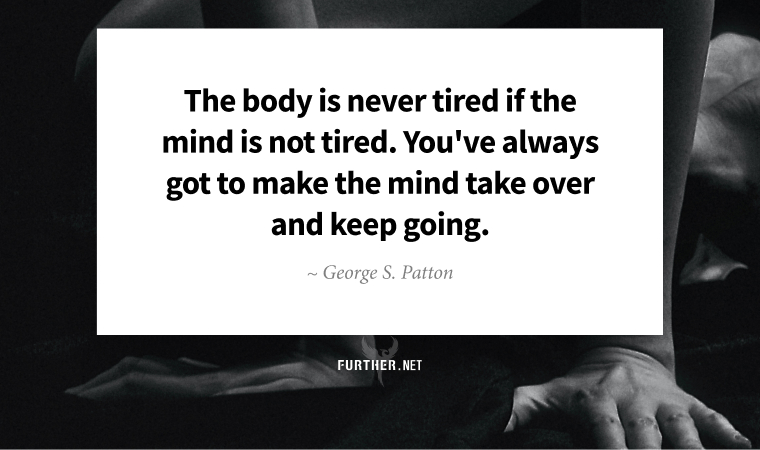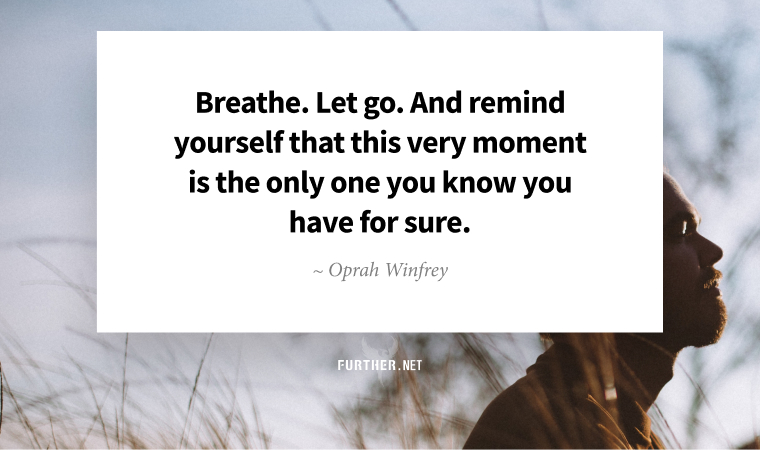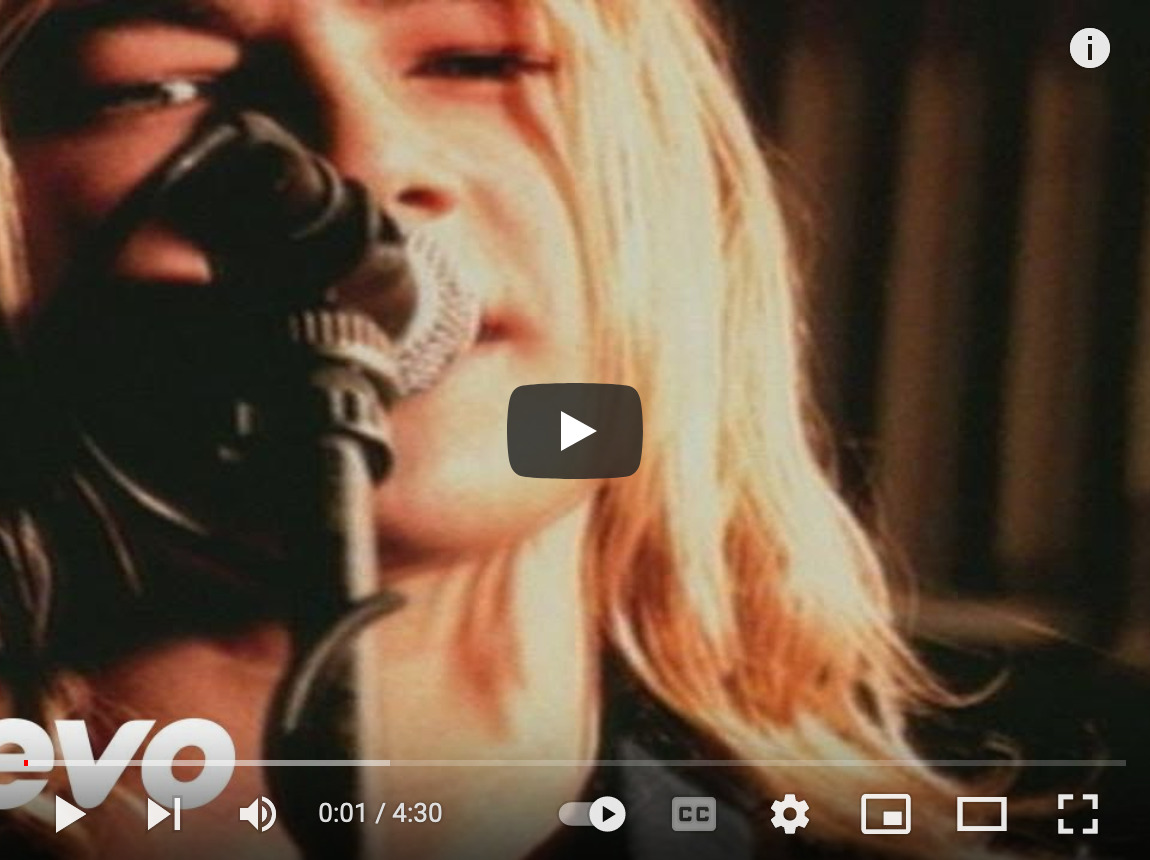
This issue of Further is brought to you by Noom.
As a Further reader, you know health isn’t about fad diets and unreasonably restrictive regimens. It’s about changing the way you think about who you want to be next.
Enter Noom — a new and truly different way to get healthy and lose weight, thanks to positive psychology and real behavioral change. Weight loss is just the beginning of how Noom can help you lead a healthier, happier life. You’ll have a whole new relationship with food … and yourself.
Richard Virenque of the French Festina team is gearing up for stage 12 of the 1997 Tour de France.
The cyclist has heard of a new performance-enhancing drug that will boost his energy and stamina, so he asks his trainer Willy Voet to get it for him.
Voet’s objection to the request is not about ethics or anti-doping rules, but instead the practicality of trying an unproven substance in a live time trial. Still, he tells Virenque he’ll procure the drug.
On the day of the race, Voet injects a mysterious white liquid into Virenque’s right buttock. Virenque then races head-to-head with his great rival Jan Ullrich for much of the race, and performs better than ever before in a time trial.
“God I felt good!” he later told Voet. “That stuff’s just amazing.” It was, Voet said, “the time trial of his life.”
Thing is, Voet had injected Virenque with a harmless glucose solution that had no active ingredients at all, much less a magical energy potion. The cyclist was “clean” in terms of anti-doping rules, and yet still rode the race of his life … because Virenque believed he had a special edge.
That story and many others involving the power of belief for professional athletes are told in The Expectation Effect: How Your Mindset Can Change Your World by David Robson.
The good news for we mere mortals is that changes in what you believe about fitness and exercise can help you improve even more. The book cites numerous studies revealing that what we believe about working out can matter much more than our genetics or existing physical condition.
Maybe you had a rough time in P.E. as a kid, or were always picked last for sports. This can negatively influence your perception of your athletic abilities to this day.
Or more likely, you’re gotten out of shape at middle age, and believe it will be painful — if not impossible — to ever get back fit again.
According to the new psychobiological view of fatigue, those expectations could change your subjective feelings of exhaustion and your objective performance, making your exercise much harder than it needs to be.
To change your body, you’ve got to first change your mind. Here are just a few of the many takeaways from Chapter Five of The Expectation Effect:
- Embrace anything that you expect will help you feel good about exercise. If you believe certain foods, drinks, gear, or music will help you have a good workout, then they will. This is true even if know the performance boost comes from your belief and is essentially a placebo effect.
- Question your assumptions about your natural abilities when it comes to sports and exercise. Remember that your expectations can be more important than genetic factors in determining your physiological response to a workout.
- Reframe feelings of exertion and effort. Moderate aches and pains and sensations of fatigue are proof that you are strengthening your body. Remembering this can make the whole workout feel more enjoyable and less exhausting.
What you believe about your capacity for fitness will impact your level of fitness — and likely make the difference when it comes to reaching your goals. Other chapters of The Expectation Effect also explore how your beliefs can influence your ability to recover from illness, reduce stress, increase willpower, boost creativity, and age well.
Further Reading:
The Expectation Effect: How Your Mindset Can Change Your World (Amazon)
Keep going-
P.S. You just missed Pain-Free Strength Training Strategies to Start, Stick, and Scale-Up, Jeff Turner’s June presentation in Well + Wealthy. But you can catch the replay, along with all the other great content and community by joining us here!
Mythical Exercise
Contrary to popular belief, nearly anyone can participate in any form of exercise. If you’re intimidated by running, strength training, or starting to exercise in general, there are several myths that must be debunked before you can pick up an activity you may end up loving.
3 Common Exercise Myths That Are Standing In The Way Of Your Progress
The Practice
Modern career paths involve more unexpected twists and turns than they used to. So what’s the best way to master new skills? Practice alone is not enough; bad practice can waste your time or, worse, solidify bad habits. This article discusses how to make your practice effective by ensuring it is deliberate.
Upskill Quickly: How Deliberate Practice Can Change Your Life
Corporate Refugee
Many executives and other corporate employees have been leaving their jobs and setting up their own consulting businesses. After the grind of 60-hour-plus weeks, they are finding plenty of advantages: a good income, more control over their schedule, and a choice of clients and projects that interest them. Here are some things to consider if you’re thinking about making the jump.
Is It Time to Leave Corporate America and Become a Consultant?
The Devil Futility
Many people are full of despair right now. This comes from the pandemic, a world at war, and the mass shootings of shoppers, worshipers, and schoolchildren. In addition, our country and our planet are rapidly changing in ways that are profoundly disturbing.
How I Build a Good Day When I’m Full of Despair at the World
Improve Your Breathing, Change Your Life

By Trudi Roth
Lately, it feels like the end of the world, but I can’t say I feel fine. Global events aside, midlife for our sandwich generation is exceptionally stressful – compounded by social and economic upheaval.
All I can say is breathe. This isn’t a figure of speech; it’s literal. Breathwork is an ancient practice that’s become trendy in wellness circles because it can calm or energize you quickly, depending on the need or technique.
And while breathwork is a meditative practice, it doesn’t require you to sit still or empty your mind. Just do what comes naturally, and you have the power to dispel tension, anxiety, and even depression.
Breathing Room
First, a definition of breathwork:
Breathwork is an umbrella term that relates to the practice of consciously manipulating the depth and rate of breathing to achieve a specific outcome.
Quick breathing activates your parasympathetic nervous system (the fight-flight-freeze-please response), which in small doses produces “good” stress (eustress) and helps boost your energy. Slower breathing stimulates the sympathetic nervous system (“rest-and-digest”), allowing you to release tension and relax.
The best part about breathwork is you can do it anytime, anywhere, and enjoy immediate effects. Be sure to talk to your doctor before trying it if you have chronic health conditions or a recent injury or surgery.
Breathwork Techniques
Using the breath to help regulate your body and/or emotions is a simple practice with profound transformational benefits. Breathwork options run the gamut from advanced techniques done with a qualified professional to alter your consciousness and create significant psychological shifts (i.e., holotropic or rebirthing) to simple exercises you can do at home for relaxation and grounding, including:
- Box breathing
The Navy SEALS use this technique of drawing a box with the breath to cope with high-stress situations: inhale-hold-exhale, each to a four-count. Repeat four times. - Diaphragmatic (“belly breathing”)
Perfect for a pre-bedtime chill: Sitting or lying down, put one hand on your stomach and the other on your chest. Expand your belly on the inhale and contract it on the exhale; repeat for five to ten minutes. - 4-7-8 breathing
Count the beats of your breath for greater focus: inhale through the nose for four counts; hold for seven counts; exhale through the mouth for eight counts. Repeat four times. - Alternate nostril (pranayama)
Start by closing your right nostril with your thumb or forefinger, inhale through the left; close both nostrils for a beat; exhale through the right nostril. Now, go backward, right to left. Repeat for three minutes; increase up to ten minutes over time.
So, the next time you feel like you don’t have time to breathe, remember, you actually do. Just add a dash of intention, and you can clear the air of stress and anxiety.
What is Breathwork And How Does It Work (A Beginner’s Guide)
further: flashback
 Silverchair – Tomorrow
Silverchair – TomorrowFrogstomp, 1995
Say what you will about the level of sophistication, but when you recall that two of the three Australian lads in Silverchair where only 14 years old and the third 15 when Tomorrow and the rest of Frogstomp was recorded, it’s pretty damn impressive. Thanks to Aussie Claire Emerson for the selection! (YouTube)
further: sharing

Further subscribers who share Further with friends can gain free access to our exclusive membership community Well + Wealthy. Get your own free weekly dose of health, wealth, travel, and happiness advice here, and find out all the details on our referral program.
Thank you for sharing Further!
